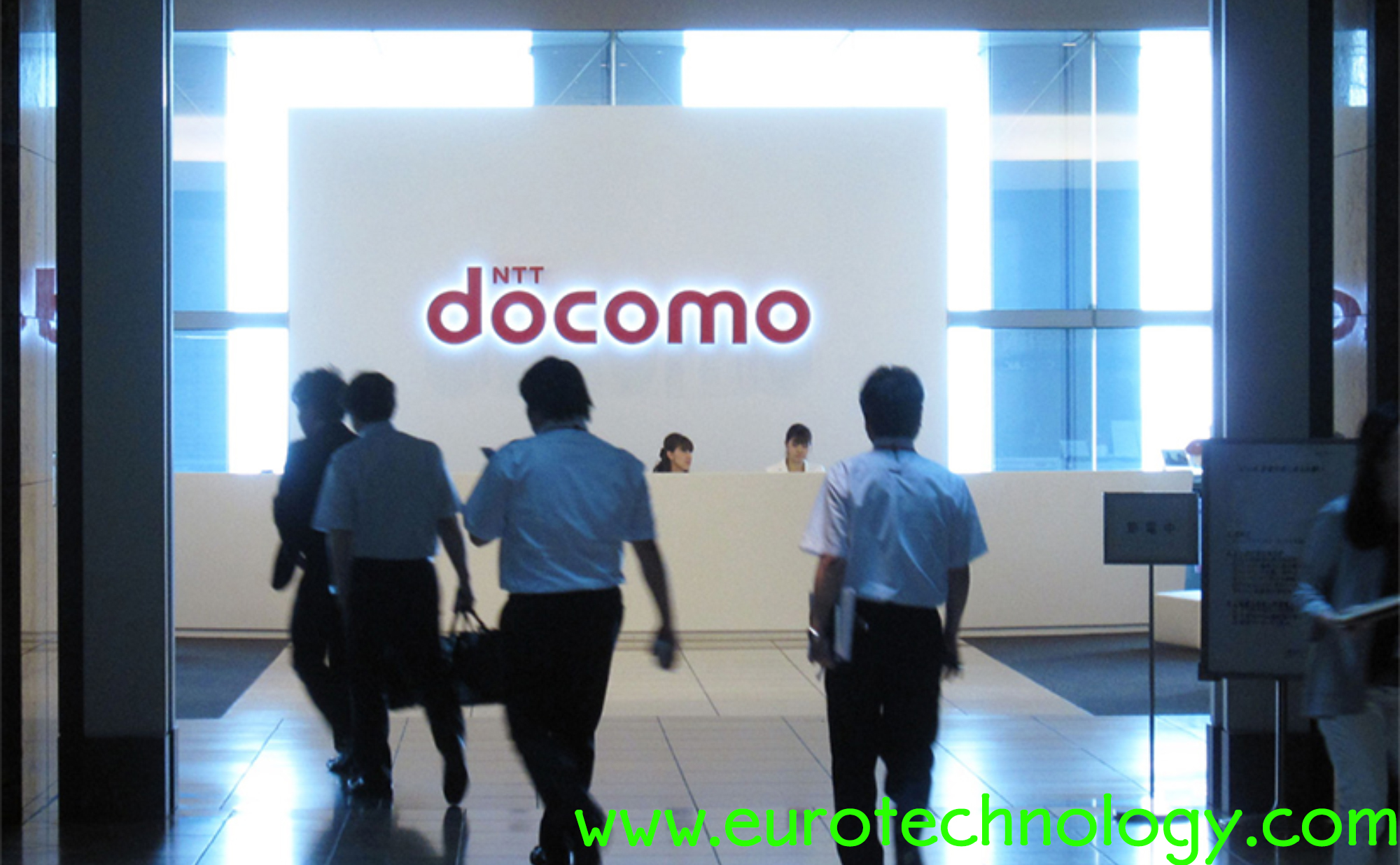Category: mobile payment
-

net mobile AG majority stake acquired by NTT Docomo
globalizing Docomo’s mobile payment and content services bringing German mobile know-how to Japan On September 11, 2009, NTT Docomo announced a voluntary public tender offer for shares of net mobile AG. The tender offer was closed on November 27, 2009, and Docomo Deutschland GmbH acquired 6,126,567 shares at € 6.35 per share corresponding to 79.59%…
-
Mobile payment in EU vs Japan: 10 years to reinvent the wheel?
Mobile payments for transport first introduced commercially in Tokyo January 28, 2006 Tokyo (mobile SUICA, FeliCa) vs. London (OYSTER, Mifare) Mobile payments are big: Reuters estimates that the mobile payment market will be about US$ 1000 Billion by 2016, and in Japan just a single railway line achieves already now several US$ billion in mobile…